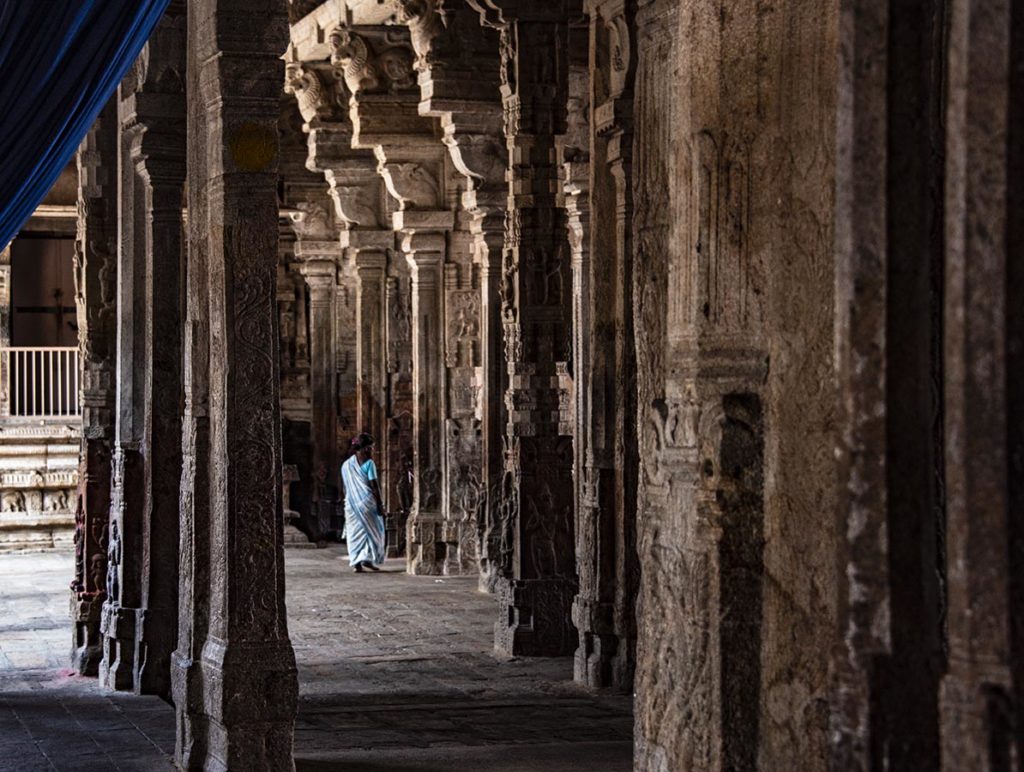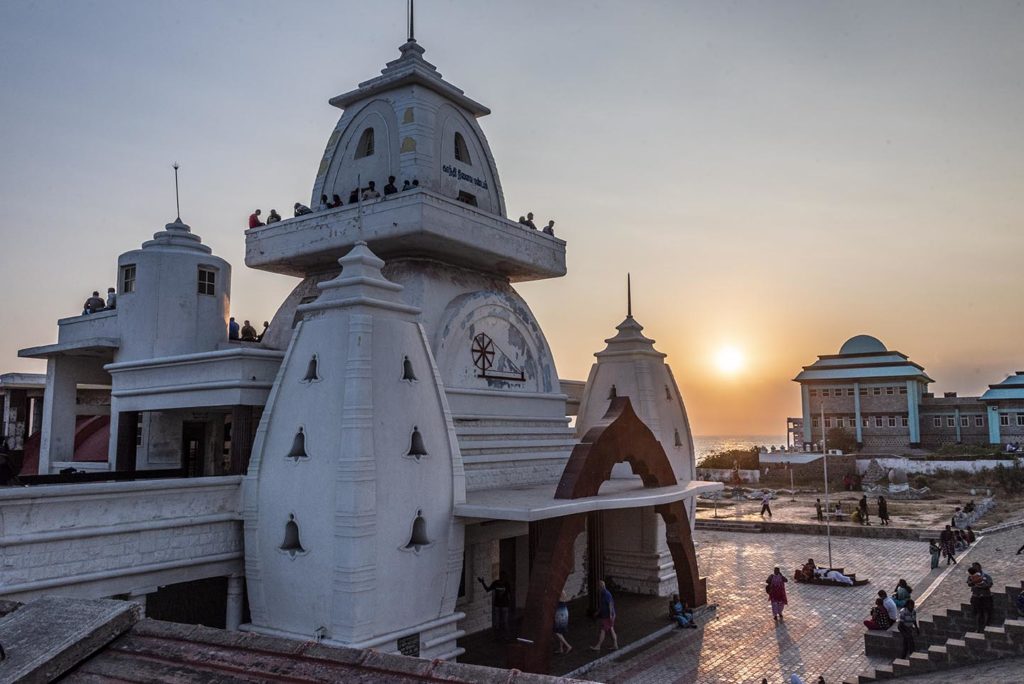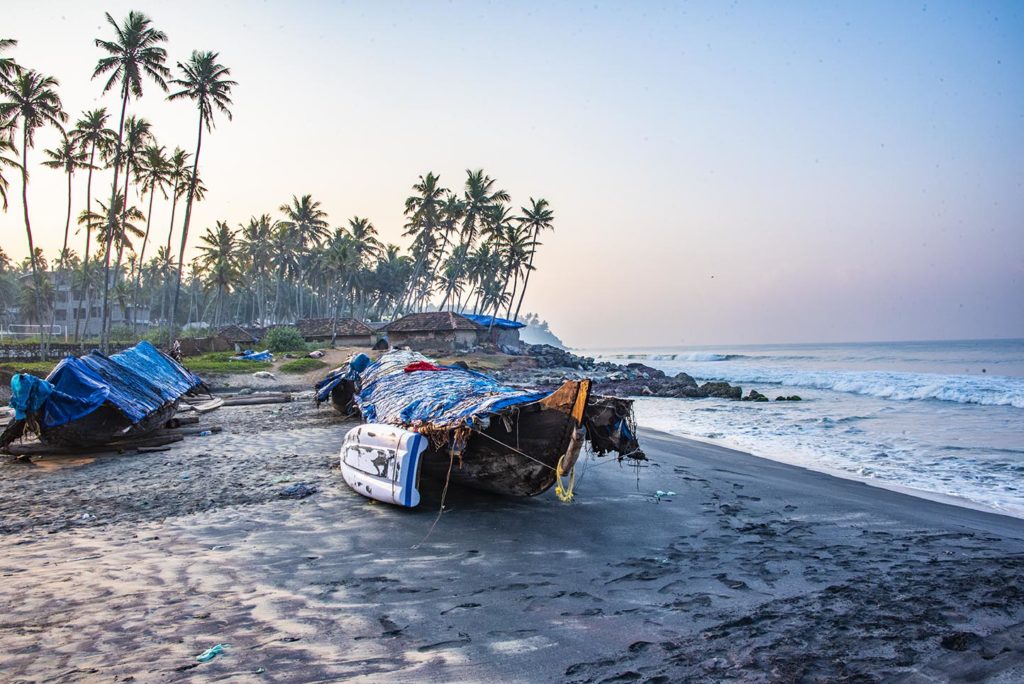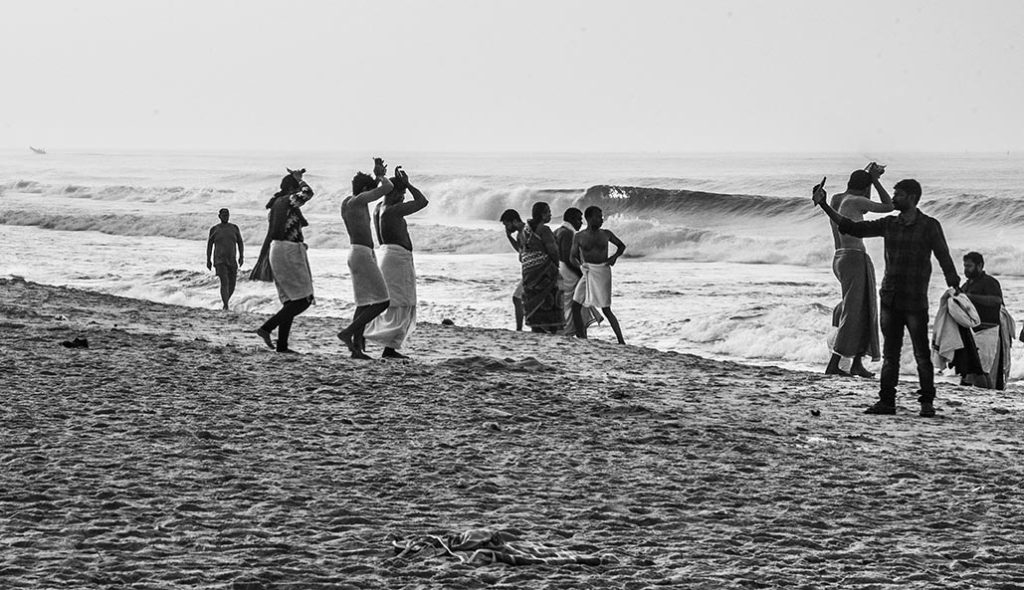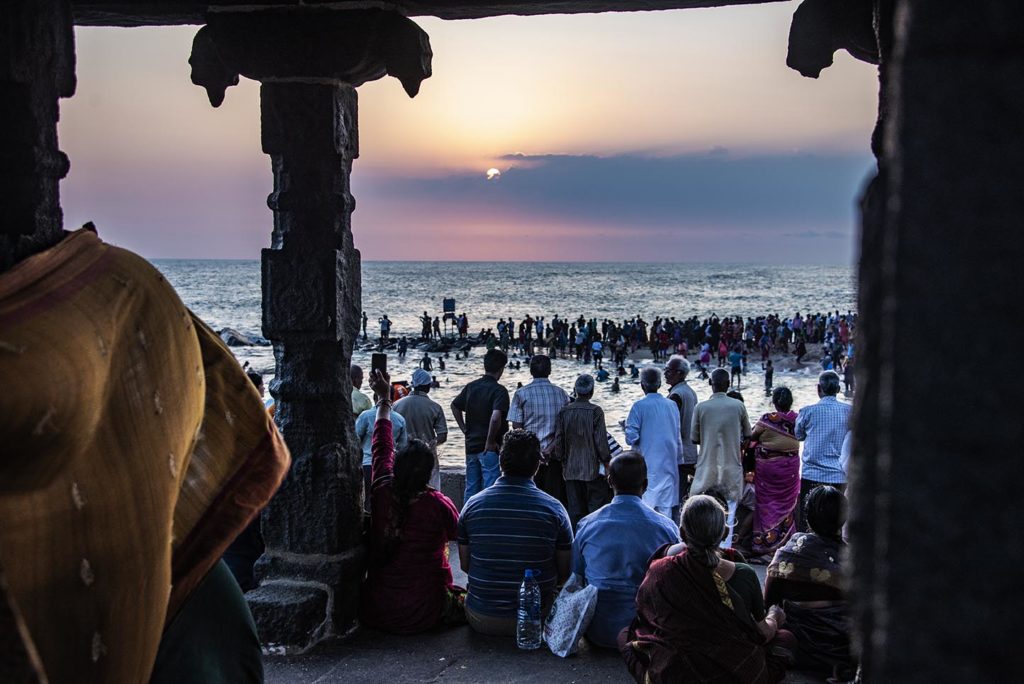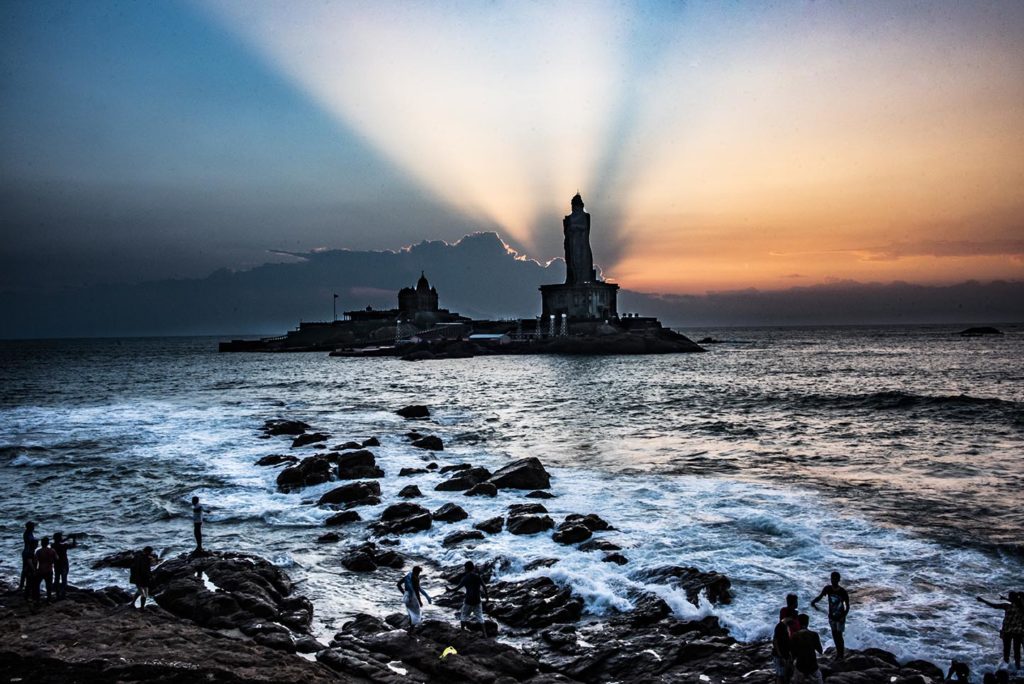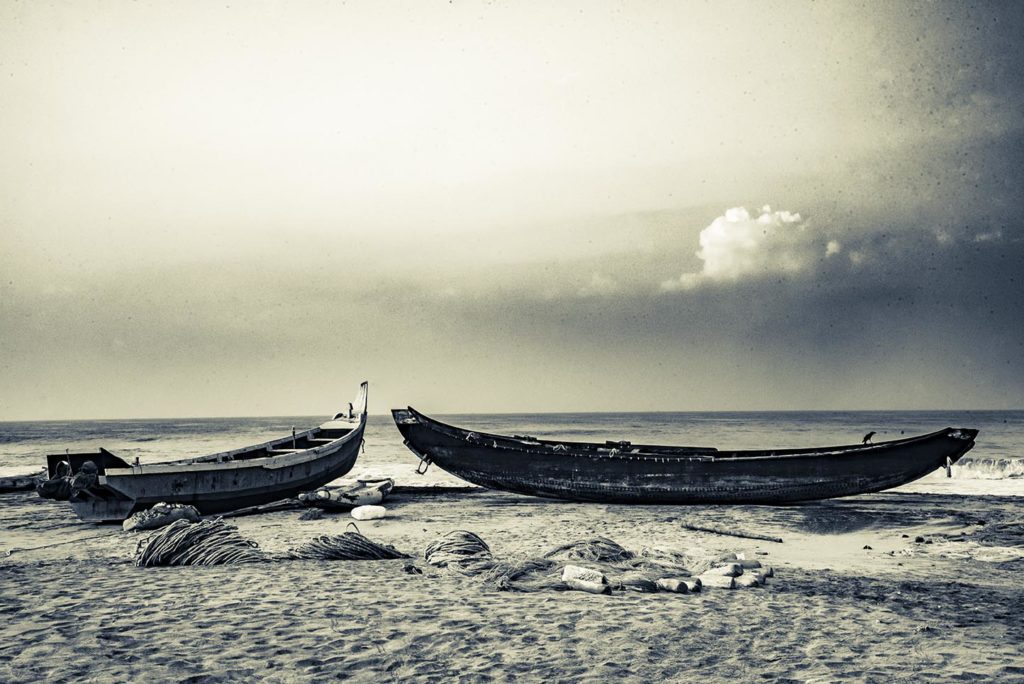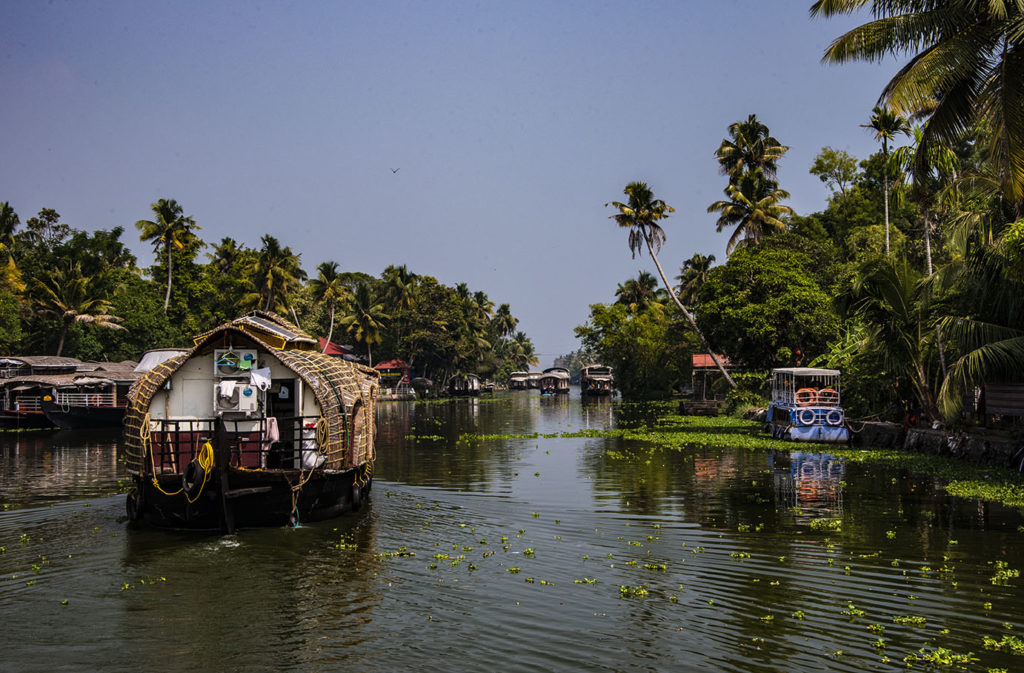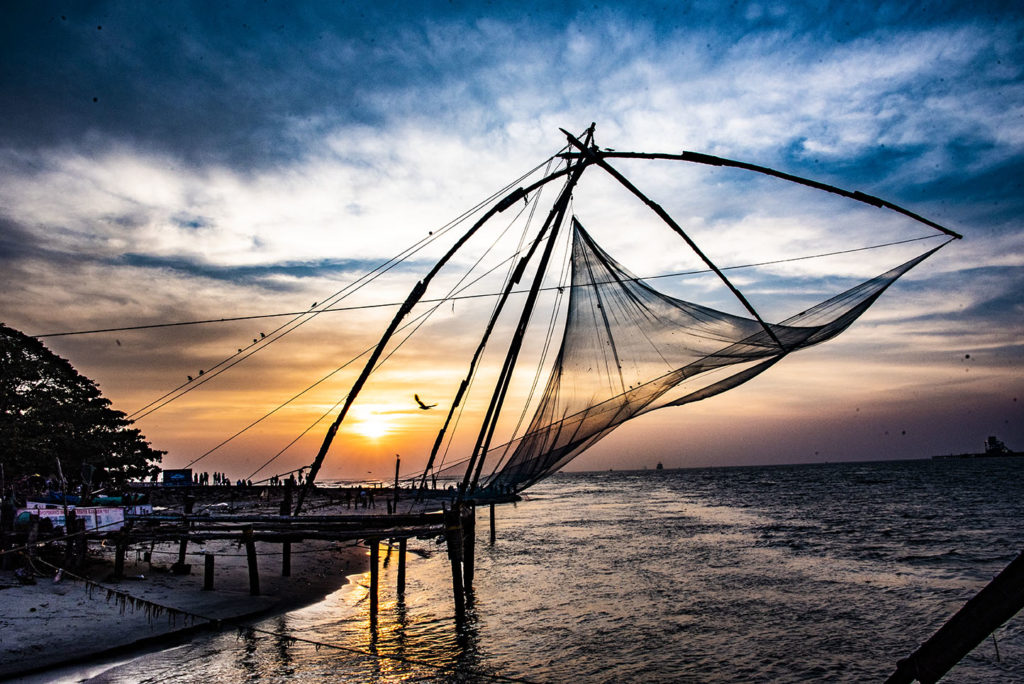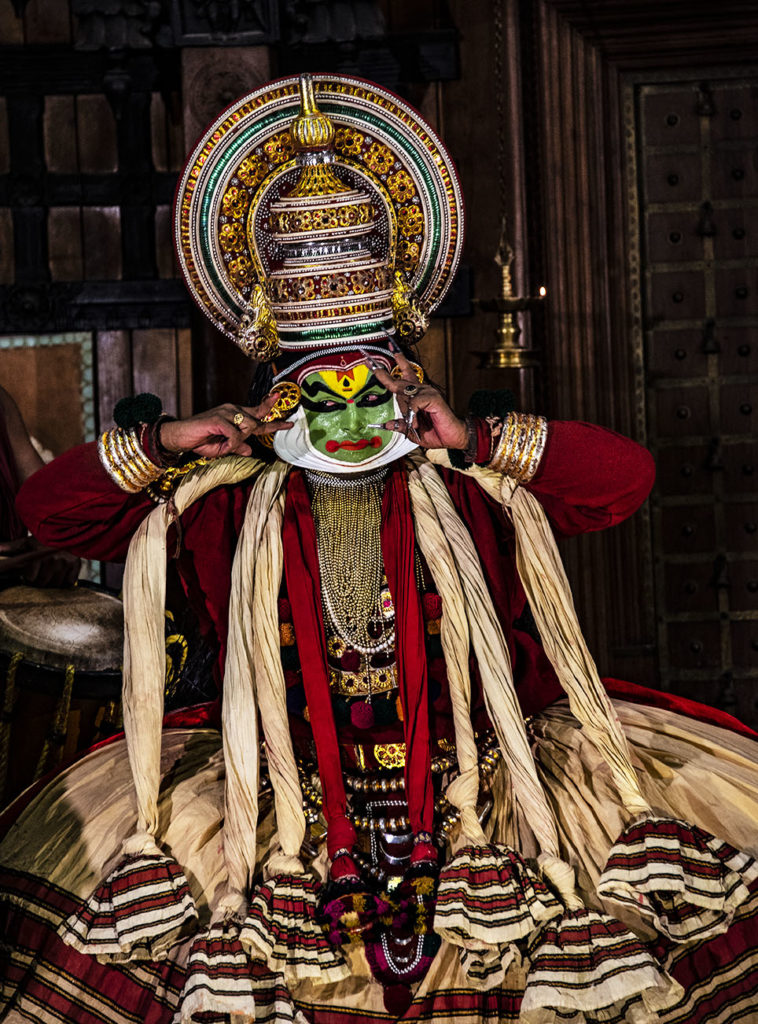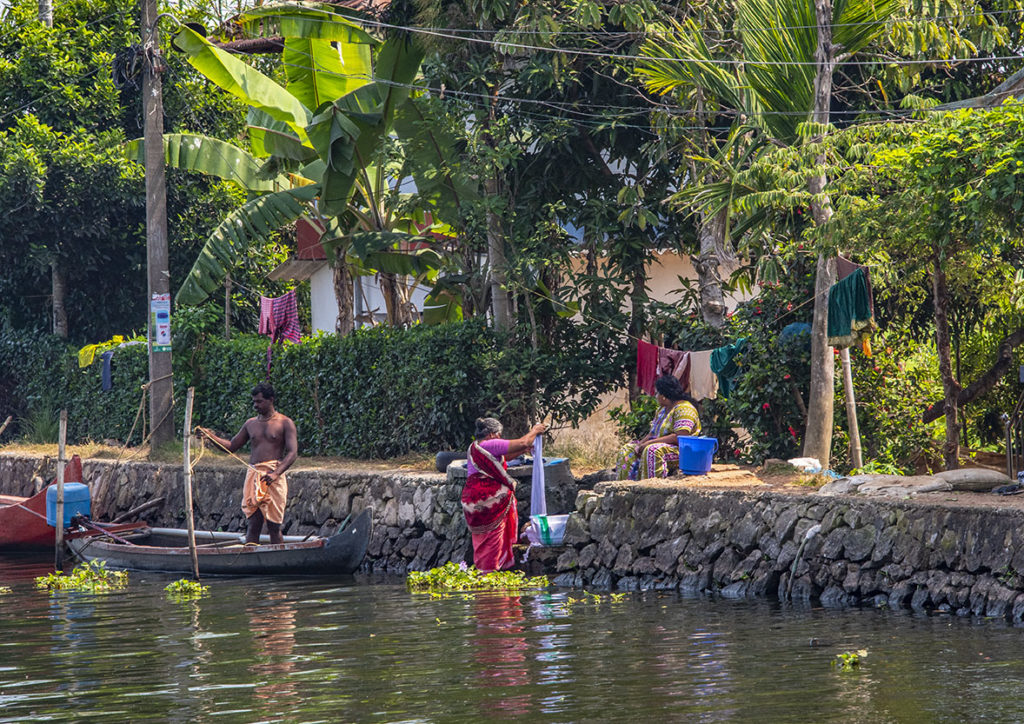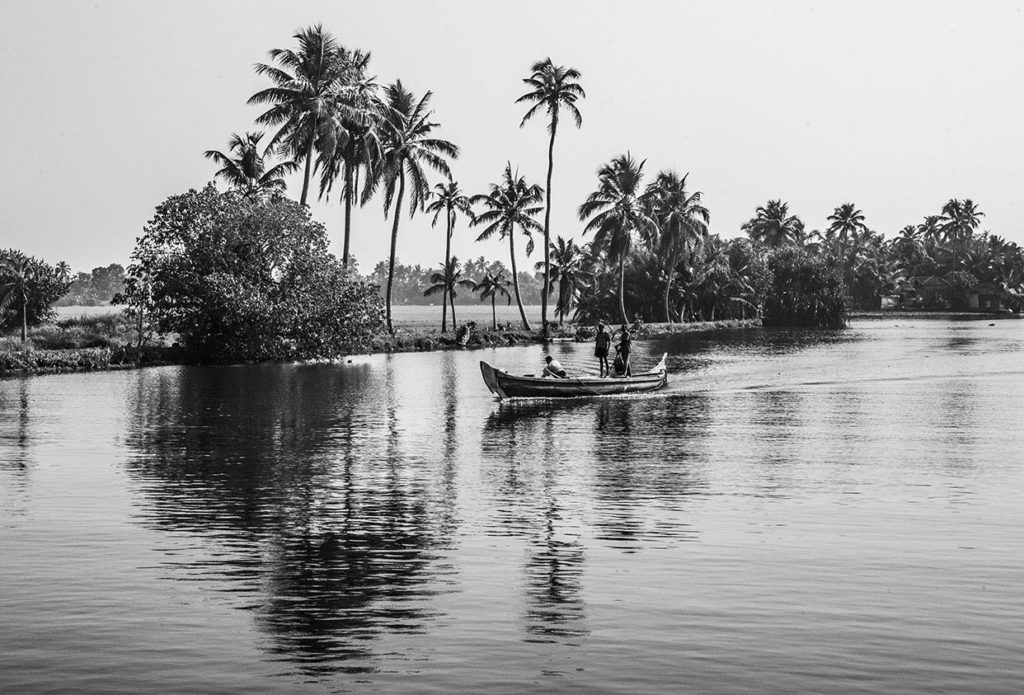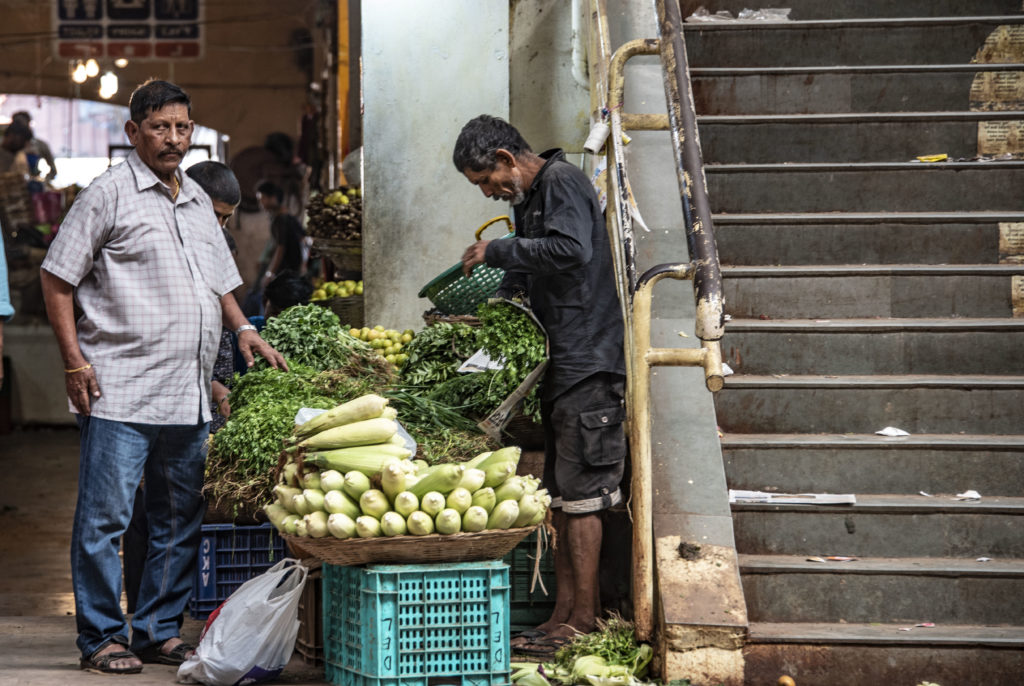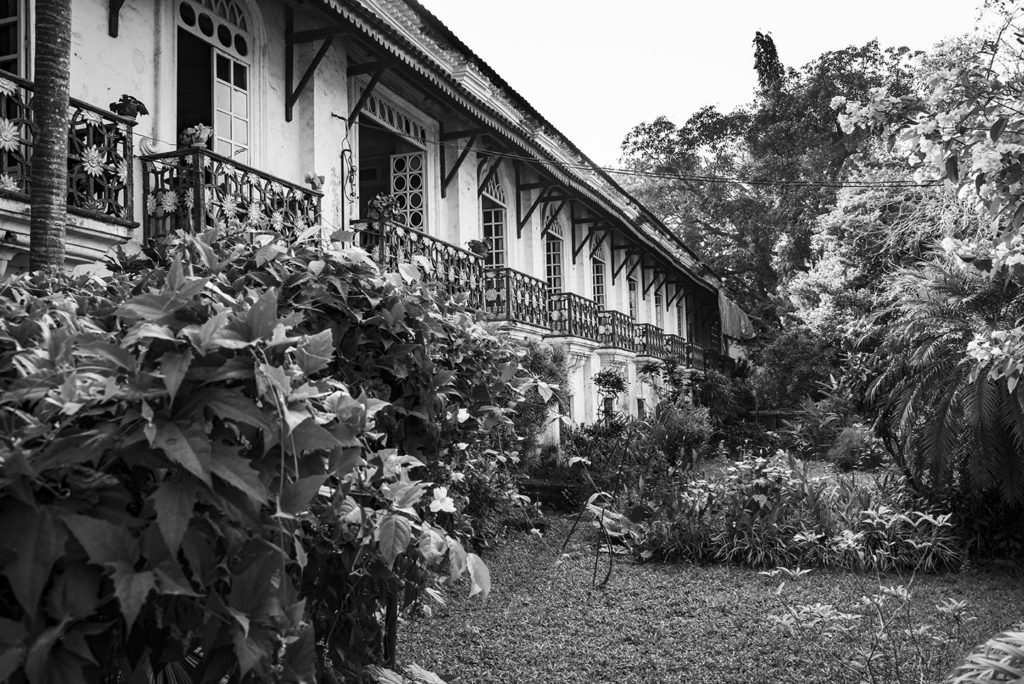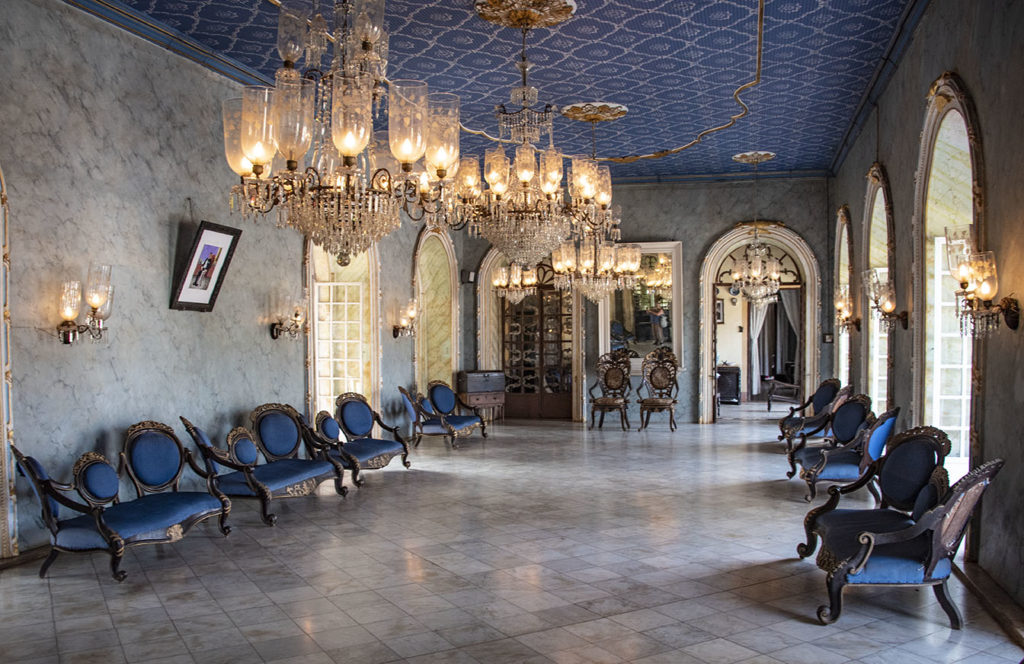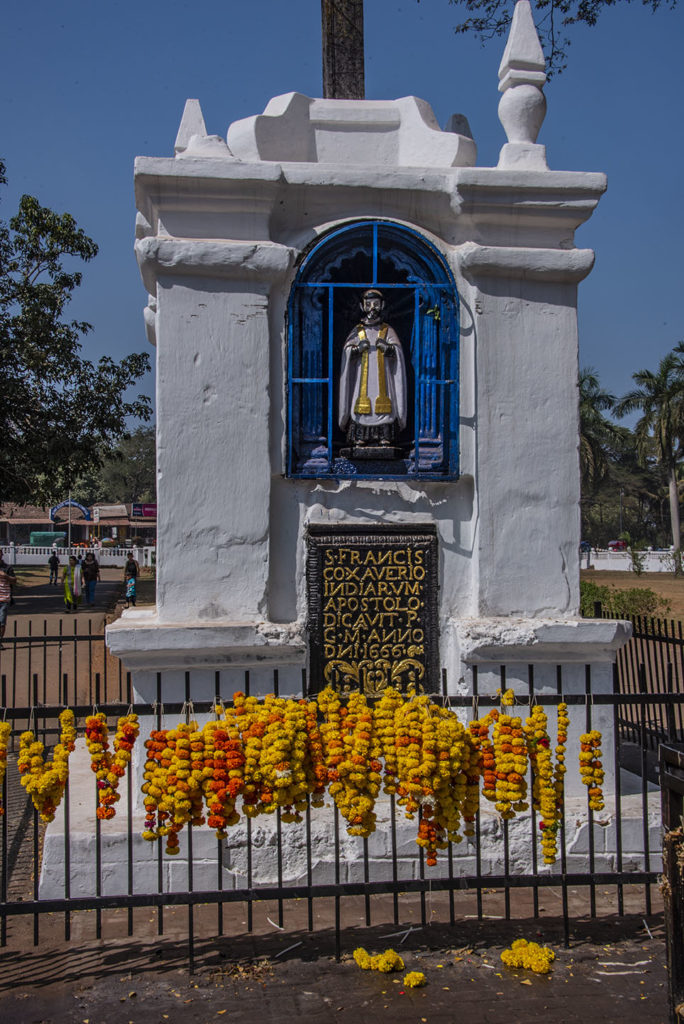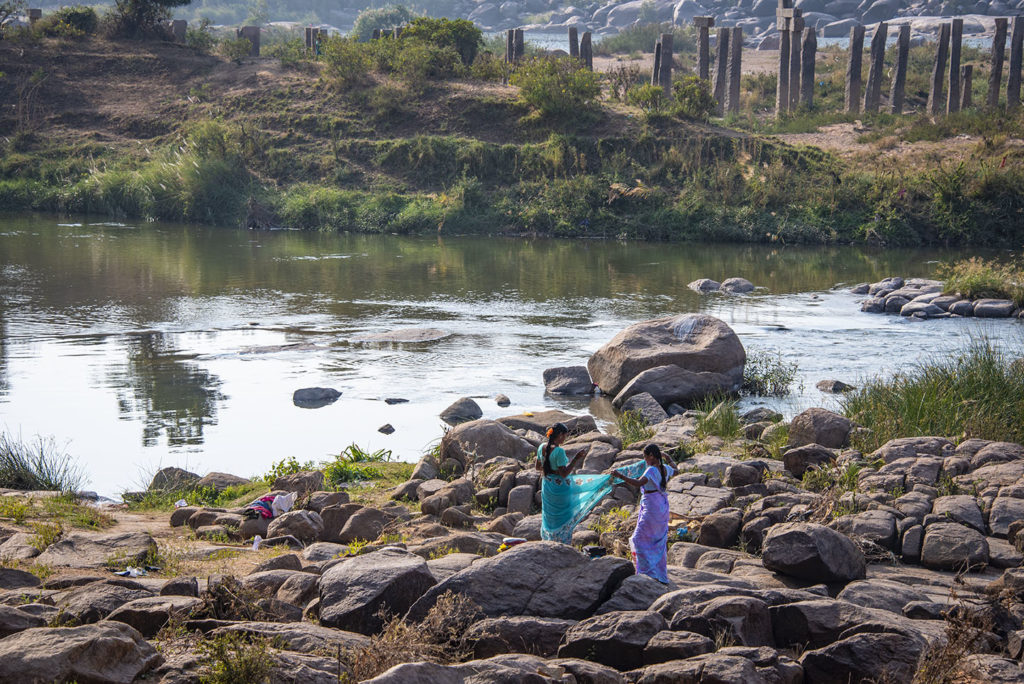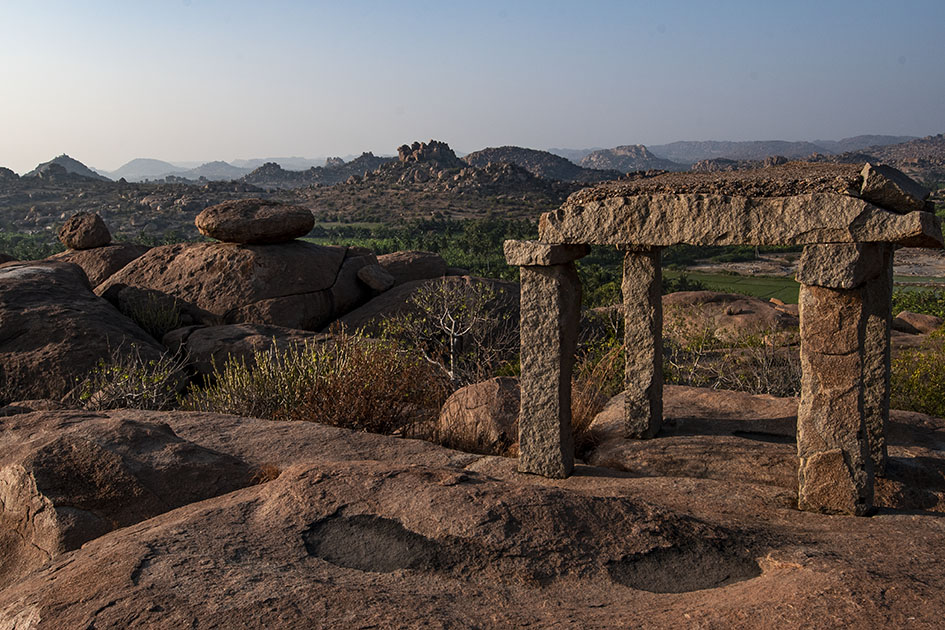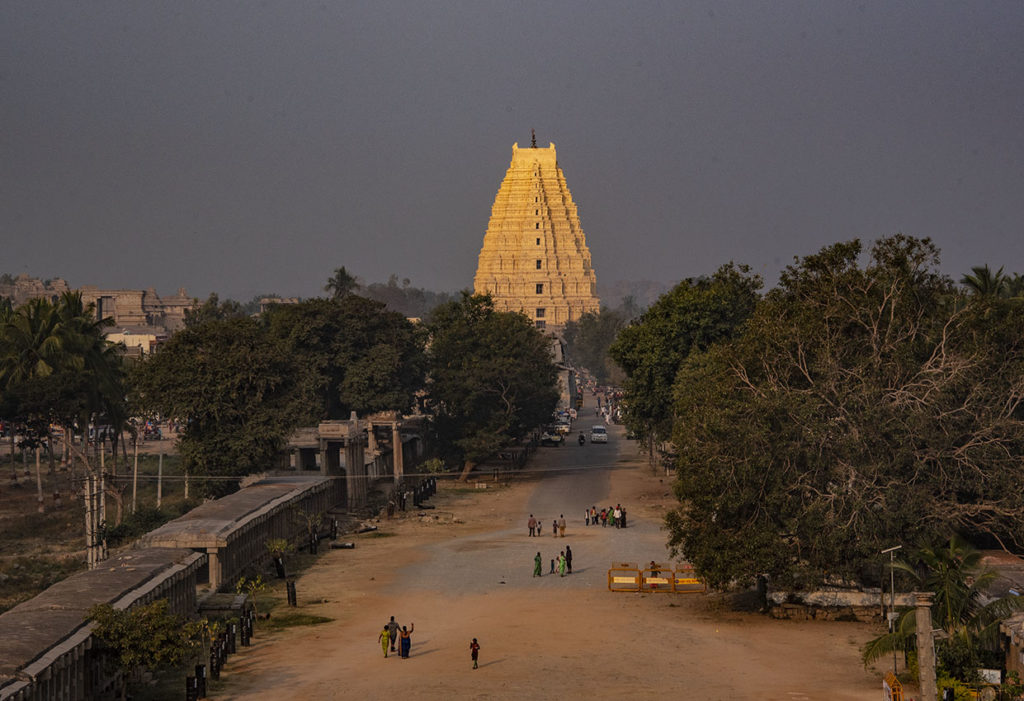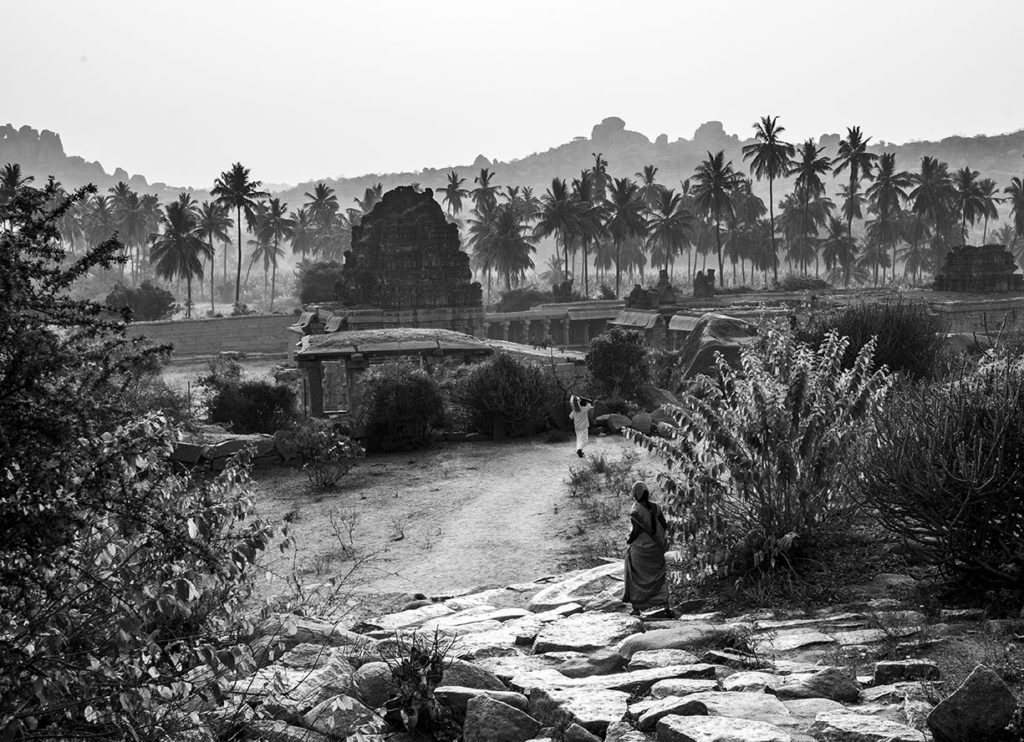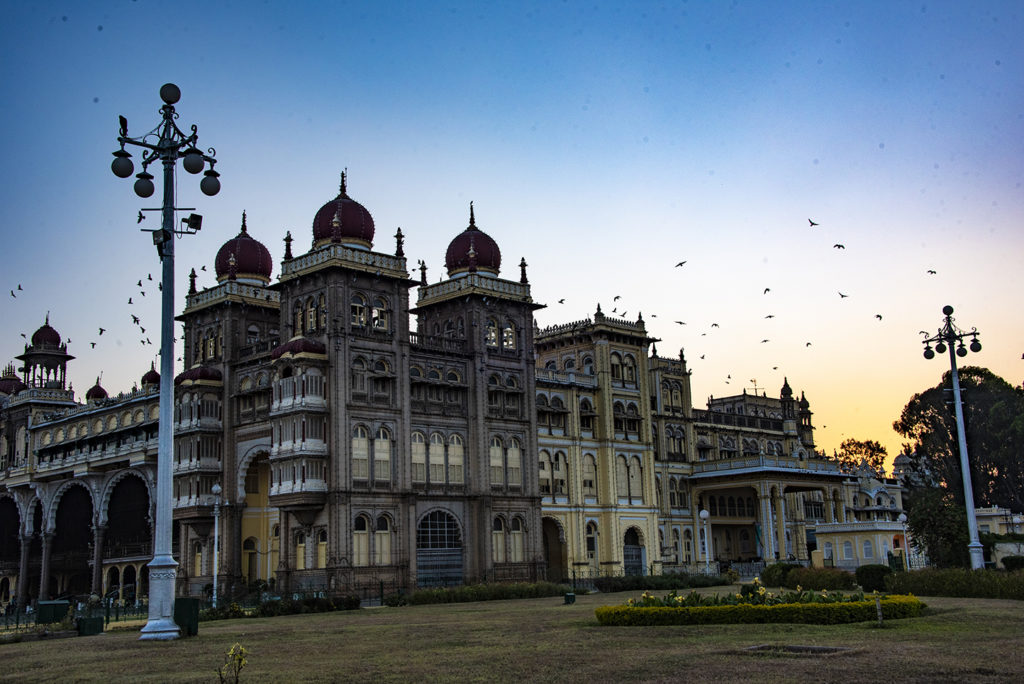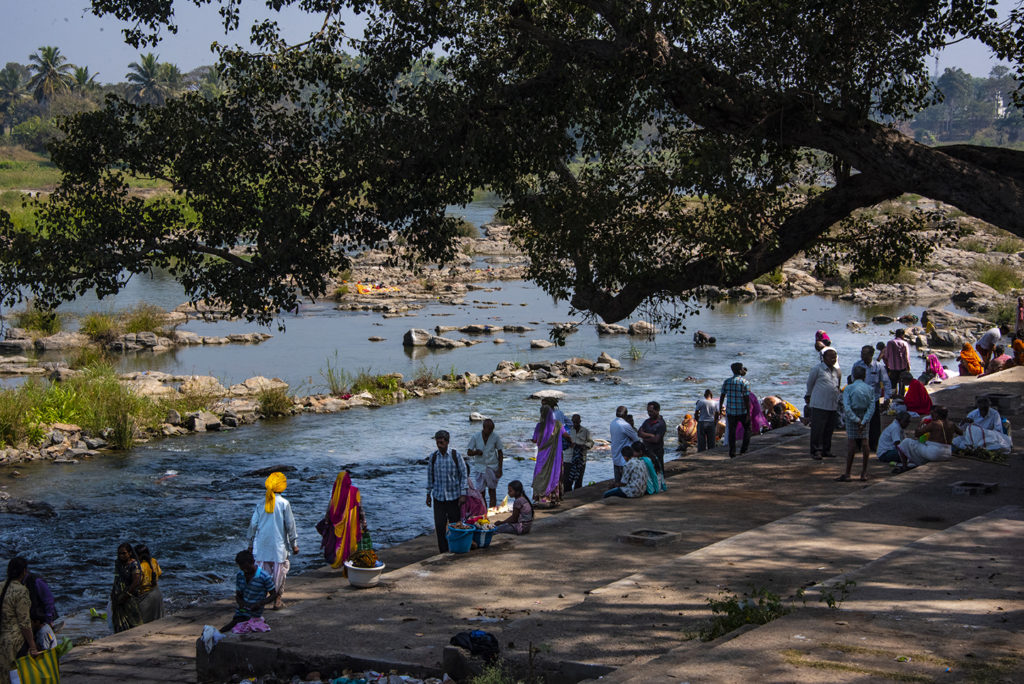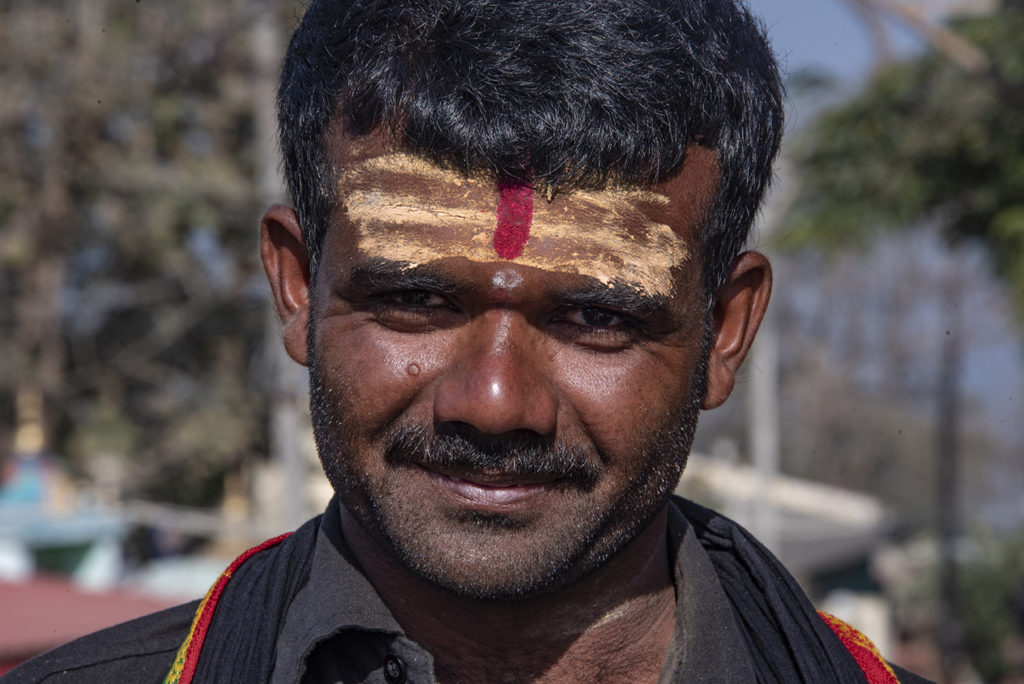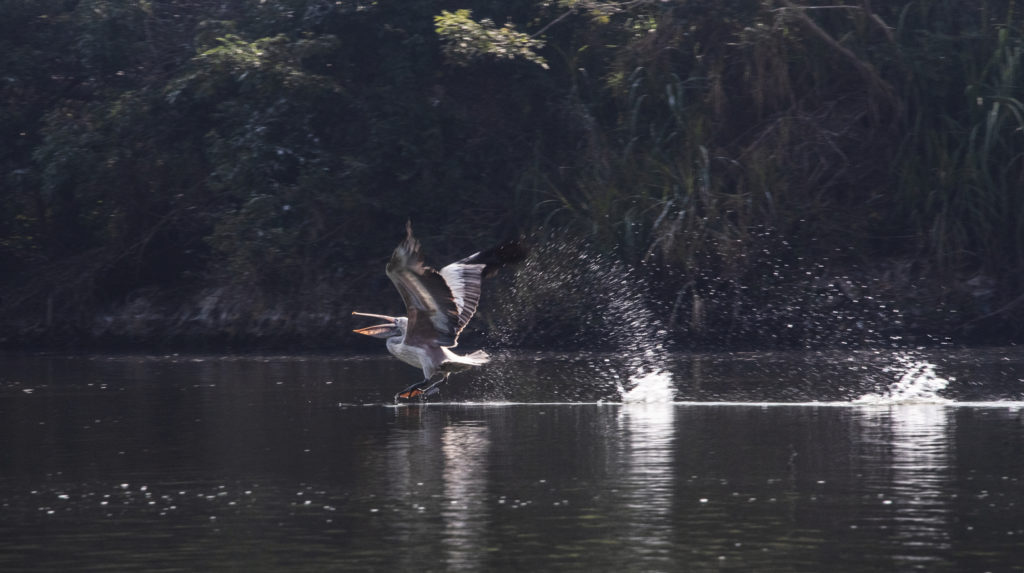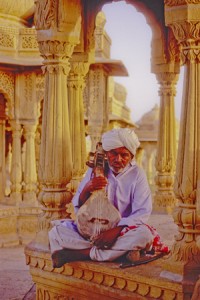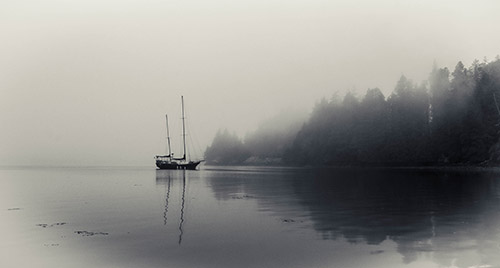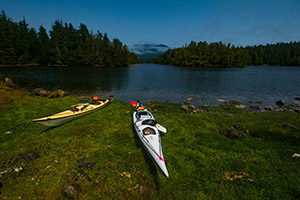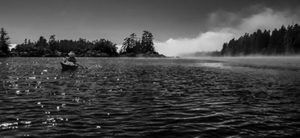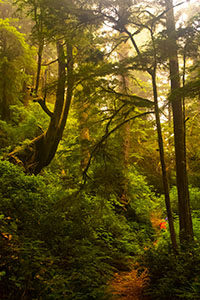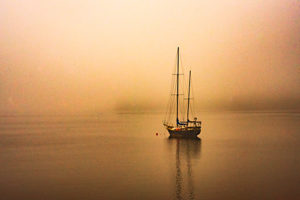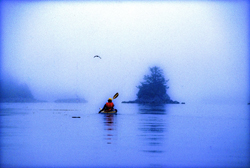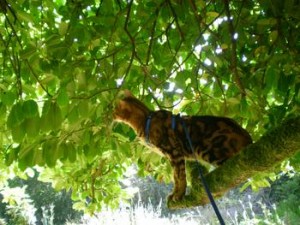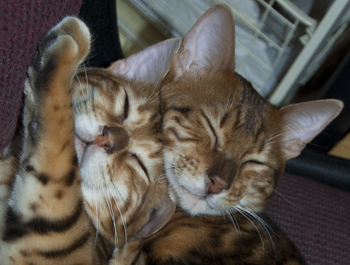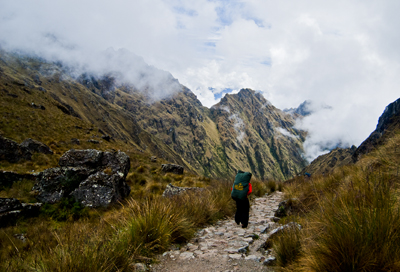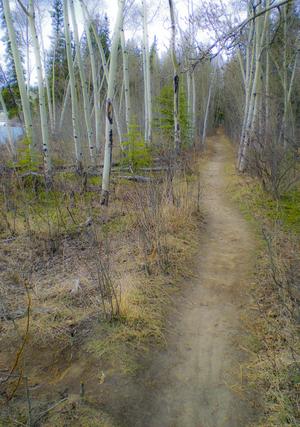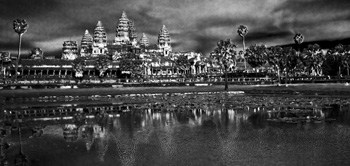India at the Close
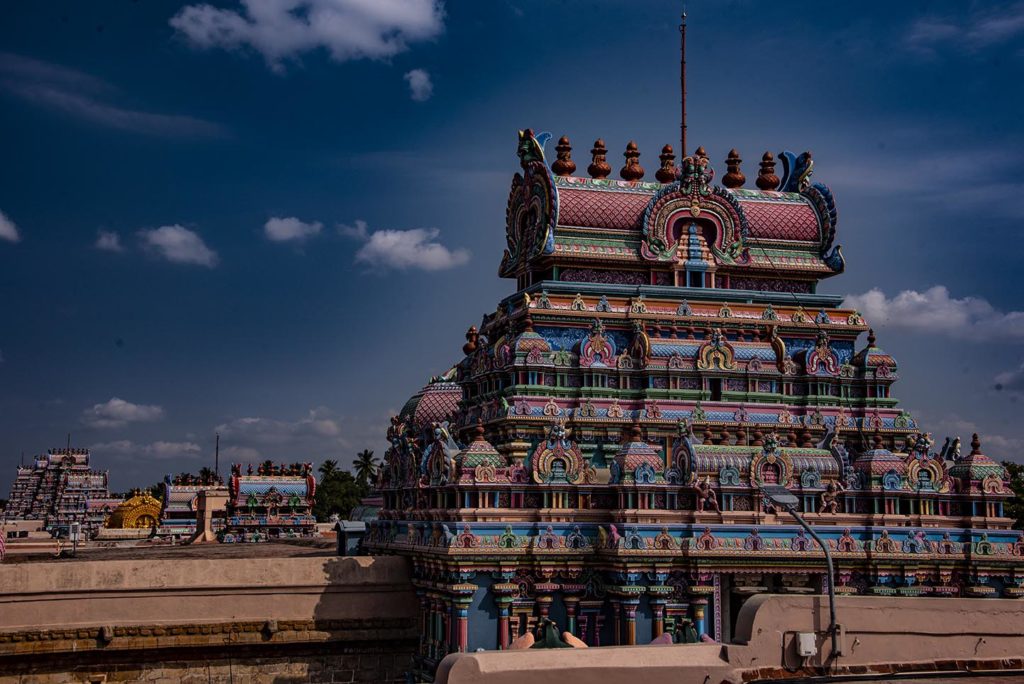
We spent our last week in India on the move. From Kanya Kumari we headed north again, toward our arrival spot of Chennai and Mamalapurum. We broke up our train trip halfway through at a city named Trichy to visit the Sri Rangnam temple, one of the largest temples in southern India—and probably the country. Sri Rangnam is 156 acres and has seven concentric enclosures and 21 magnificent towers (gopuram.) The temple is a world heritage site that has been restored. According to the signs, they had to dig it out from underneath modern structures and have the modern structures removed.
Trichy—at least the part where we stayed and the parts around the temple, seemed like a working man’s city. There were hotels and there were tourist groups, but mostly it was low structures and local bazaars and markets and the people who lived and worked there. A surprise I had in Trichy was the number of Moslem women who had taken the veil. Full burka’s were far more common than the other places we had visited in Southern India which could indicate a higher Moslem population or a more conservative one.
Of course, the sense of Trichy being a working man’s city could be a result of taking local buses around the city instead of rented cars. The busses were an experience in and of themselves. Think of J.K. Rowling’s ‘night bus’ in the Harry Potter series that changes shape to fit between other busses as it careens around the city. The Trichy buses can careen just the same way. Inside, the women sit on the right side of the bus, the men on the left. When no seats are left, people just cram inside.
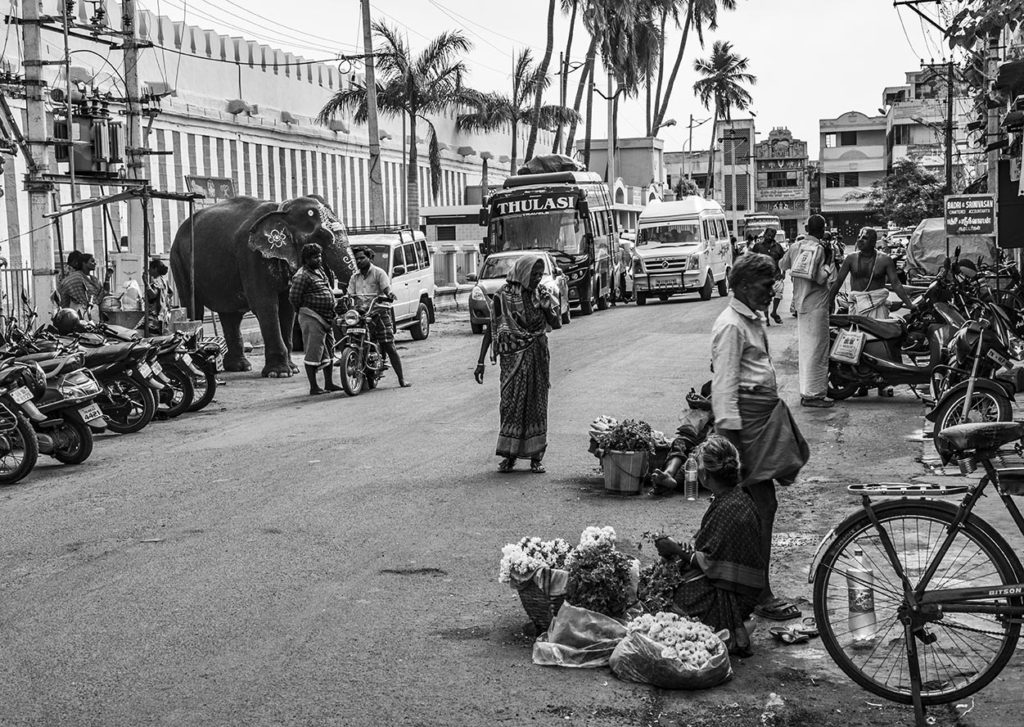
The Sri Rangnam temple is as massive as a small city. It has six concentric walls, the outer wall hosting houses and businesses. Near the main gopuram (gateway tower) the businesses are focused on visitors to the temple with flower-sellers and other religious paraphernalia, but leave the main entrance street behind and you come to almost deserted streets where goats and cows make themselves comfortable and houses stand quiet waiting for residents to return home.
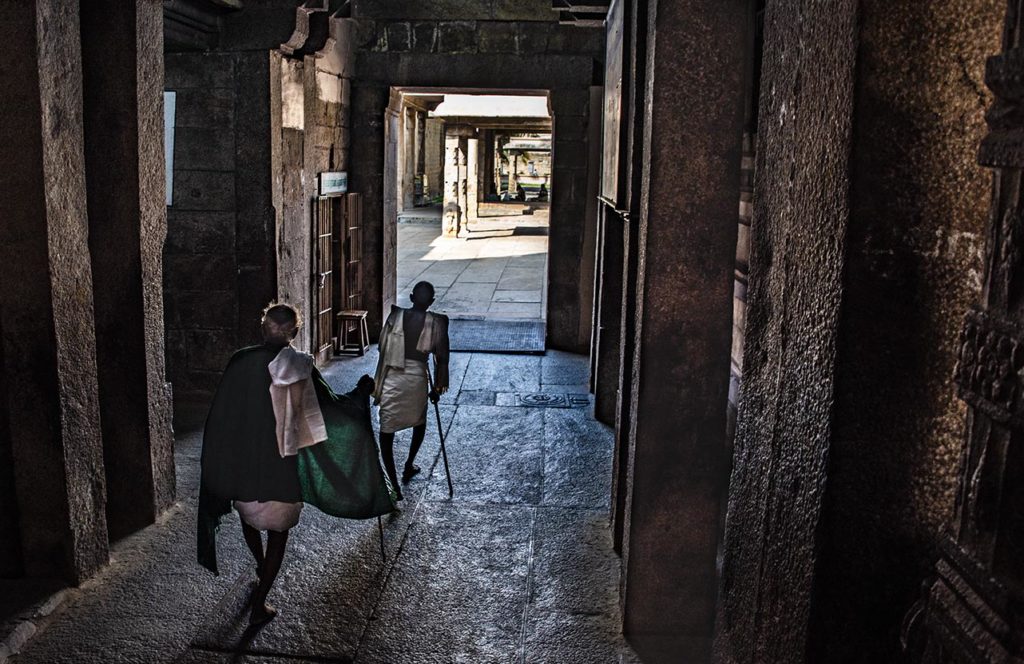
The gopuram are painted in many colors, but the temples beneath them aren’t. Instead, within the fourth gopuram there are ornately carved columned galleries that give relief from the sun. Everywhere are men and women who have made puja today, the men mostly clad in white dhoti (white sarongs folded up around their legs) with white streaks across their foreheads, the women in sari’s with red and yellow tikka between their eyes. There are families with children and beggars sleeping or selling flowers amongst the columns, but from the rooftops you can see across the gopuram to the rest of the city.
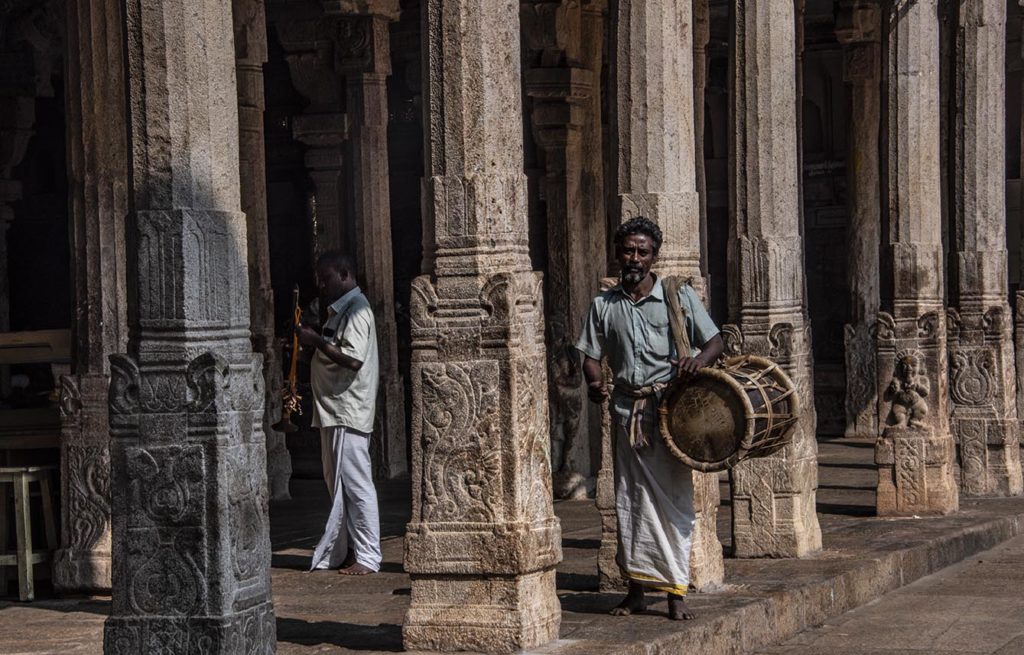
From Trichy, we caught another train and spent eight hours jouncing and bouncing our way back to Chennai, so I left the train with a backache. We abandoned our guide at the train station and headed out on our own to a hotel of our choice in a place called Poe’s Garden. I’m not sure where the area gets its name, but surely it can’t be related to Edgar Allan. The place is filled with pleasant houses and—gardens. Not a single pit or pendulum in sight. The traffic noise barely reaches the place where we’re staying and from our current roof top garden we can only see tree tops and water lilies and the pigeons that come to drink at the lily pool.
It’s a good thing, too. I’m tired. So is my travelling companion and this a pleasant place to slowly withdraw from the frenetic pace we’ve been living on this twenty-nine-day tour of southern India. Twenty years ago, I travelled in India for three months and fell in love with the country. After this trip, I’m far more ambivalent. I’m not sure why. Maybe it’s just the fatigue talking, or maybe it’s the fact that this was a tour that didn’t allow the freedom to travel the way I like to. As it was, I felt like I was watching a movie through a blindfold that would be stripped away for moments so that I could catch a glimpse of something marvellous, but never fully comprehend what I was seeing.
But then, perhaps that’s India. I don’t think it is possible to fully comprehend all its nuances.
Tonight, we catch a flight to Kuala Lumpur and on to Bali. Our first guesthouse is also supposed to be in a garden, this one with views of the ocean.
